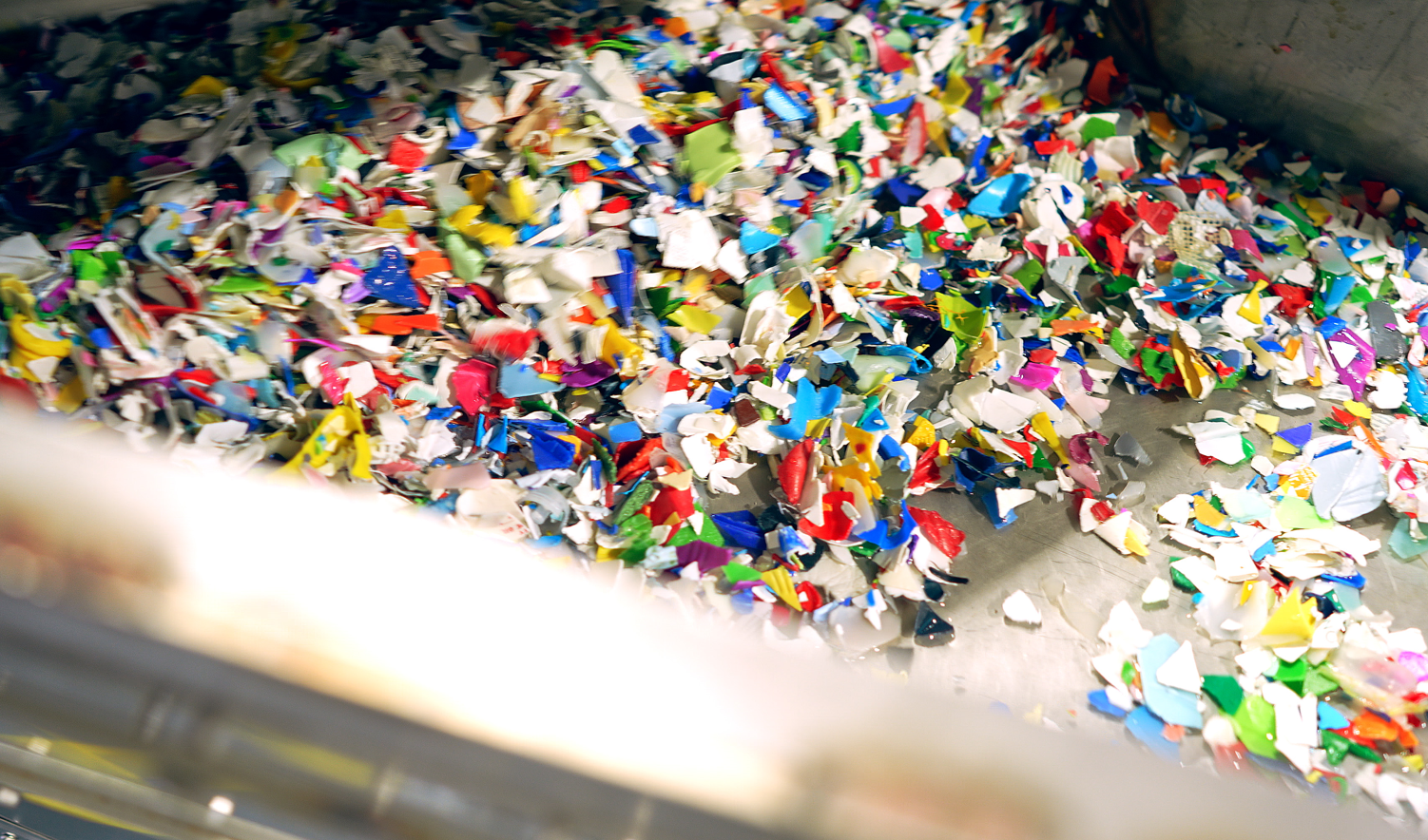In an effort to combat the spread of misinformation on its platform, TikTok has announced that it will now be labeling content created using artificial intelligence when it is uploaded from outside its own platform. This decision is part of the platform’s ongoing efforts to ensure that users are aware of the creative opportunities and potential risks associated with AI-generated content.
TikTok has partnered with the Coalition for Content Provenance and Authenticity to use their Content Credentials technology. This technology allows for metadata to be attached to content, which can instantly recognize and label AI-generated content. The platform has already begun using this capability on images and videos, with plans to extend it to audio-only content in the near future.
In the coming months, Content Credentials will be attached to content created on TikTok, even when it is downloaded. This will help in identifying AI-generated content made on TikTok and provide information on when, where, and how the content was created or edited. Other platforms that adopt Content Credentials will also be able to automatically label AI-generated content.
TikTok is proud to be the first video-sharing platform to implement Content Credentials and has joined the Adobe-led Content Authenticity Initiative to further promote the use of these credentials in the industry. TikTok’s Head of Operations & Trust and Safety, Adam Presser, expressed excitement about the potential of AI for creativity and audience connection, but also emphasized the importance of distinguishing between fact and fiction.
The announcement of TikTok’s new labeling policy was made on ABC’s “Good Morning America” on Thursday. The platform has previously encouraged users to label content that has been generated or edited by AI, especially in cases where it contains realistic images, audio, or video.
!role~Preview!mt~photo!fmt~JPEG%20Baseline)


